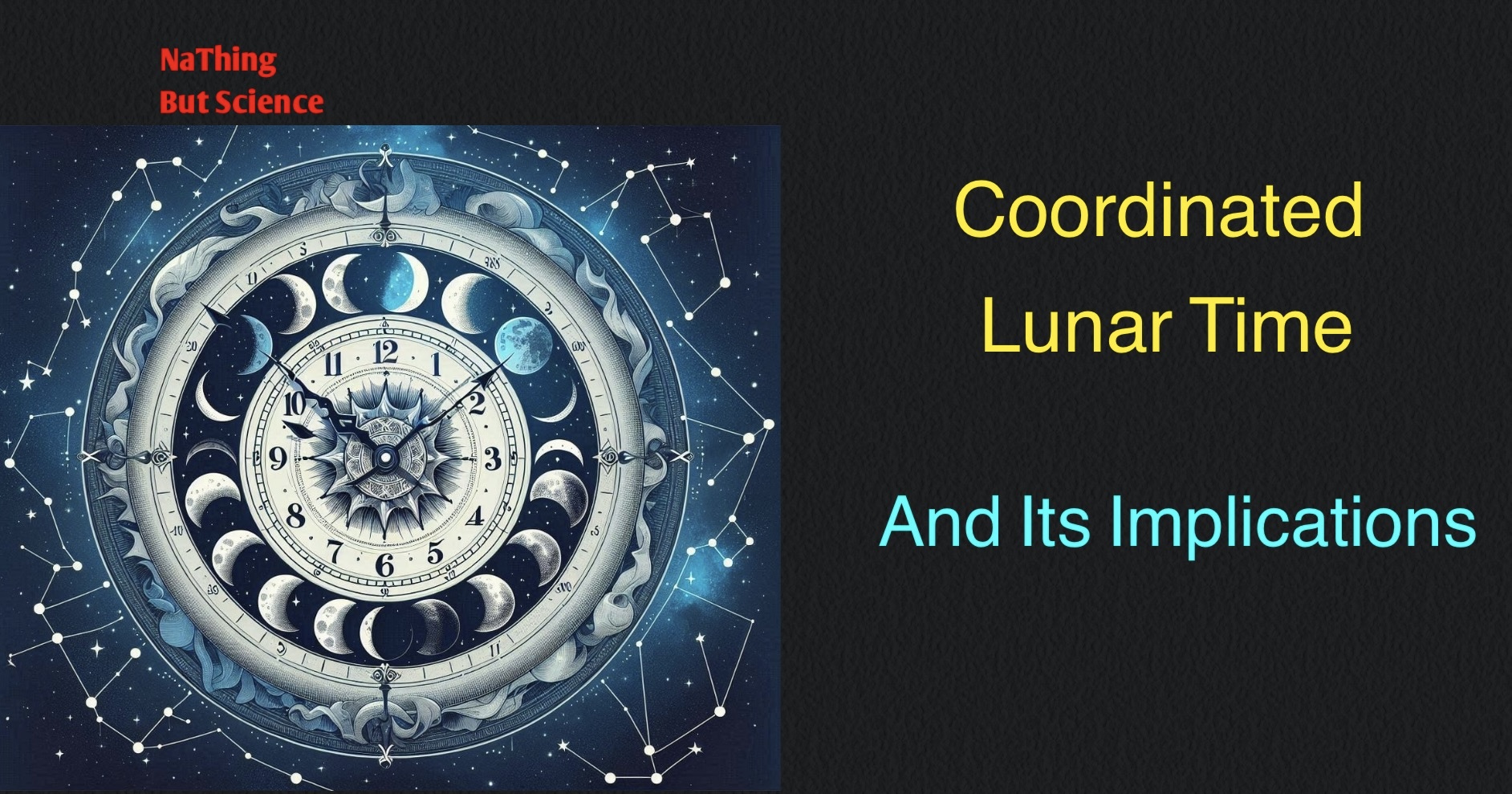
Written by: Satrakai
As humanity extends its reach beyond Earth, the need for a standardized time system for our celestial neighbors becomes increasingly crucial. The White House has recently commissioned NASA to establish a ‘Coordinated Lunar Time’ (CLT) by 2026. This initiative is not just a leap for lunar exploration but a necessary step for synchronizing activities on the Moon.
The Need for Lunar Time
With the moon becoming a focal point for international space missions, the absence of a standardized time system could lead to confusion and operational inefficiencies. The CLT aims to provide a unified timekeeping system that will ensure secure data transfers, communication, and coordination among various lunar missions.
Challenges and Considerations
Creating a time standard for the moon presents unique challenges. Unlike Earth, the moon will have just one time zone and no daylight saving time. However, factors such as mass and gravity, which can affect how time passes, must be considered. For instance, lunar clocks move faster than those on Earth, gaining about 58.7 microseconds every 24 hours.
The Four Pillars of CLT
The White House has outlined four qualities that the CLT must possess:
1. Logical Traceability: CLT must be logically traceable to Coordinated Universal Time (UTC), the global system that regulates all Earthly time zones.
2. Specificity and Accuracy: It must be specific and accurate enough to time very short instants, crucial for precise scientific study and spacecraft landings.
3. Self-Sufficiency: The system should be self-sufficient in the event that connection with Earth is lost.
4. Scalability: It should be scalable so that other celestial objects or space environments could also reference this time standard.
International Collaboration
NASA is tasked with collaborating with other government agencies and international bodies to create the CLT. This effort will involve establishing international agreements through existing standards bodies and among nations that have signed the Artemis accords.
The establishment of Coordinated Lunar Time is a testament to the progress in lunar exploration and the foresight to prepare for a future where the moon plays a significant role in humanity’s extraterrestrial endeavors. As we look forward to lunar bases and further space exploration, CLT will be the heartbeat that synchronizes our celestial aspirations.
Implications for Lunar Exploration
1. Enhanced Coordination: CLT will serve as a time-keeping benchmark for all lunar activities, crucial for secure data transfers, synchronized communications, and coordination between spacecraft, satellites, and lunar bases.
2. Improved Navigation and Operations: A standardized time system will assist with precise navigation, docking, and landing, reducing the potential for mapping inconsistencies and navigation errors.
3. Interoperability: Establishing CLT will enable different missions from various countries and companies to operate on a common time frame, fostering international cooperation and interoperability.
4. Scientific Precision: The accuracy of CLT will be vital for scientific studies and spacecraft landings, where timing very short instants is essential.
5. Resilience: CLT is designed to be self-sufficient, maintaining accurate timekeeping even if the connection with Earth is lost, which is critical for the resilience of lunar missions.
6. Scalability: The system will be scalable, allowing other celestial objects or space environments to reference this time standard in the future.
These implications highlight the importance of CLT in supporting the growing complexity and scale of lunar exploration efforts.
Challenges that need to be addressed
1. Relativistic Effects: Due to the Moon’s weaker gravity, time passes slightly faster there than on Earth—by about 58.7 microseconds each day. Accounting for these relativistic effects is crucial to ensure synchronization between lunar and Earth-based systems.
2. International Agreement: There is a need for international consensus on the new time frame, including where it begins and extends. This requires agreement between countries and coordination by a central body, similar to the International Bureau of Weights and Measures for Earth’s time.
3. Precision Requirements: The CLT must be accurate enough to support precision navigation and science, timing very short instants crucial for spacecraft landings and scientific studies.
4. Resilience: The system must be resilient to loss of contact with Earth. This self-sufficiency is essential for the continuity of lunar missions.
5. Scalability: CLT should be scalable so that it can be referenced by other celestial objects or space environments in the future.
6. Implementation Timeline: The White House has given NASA until the end of 2026 to implement the final standardized time system, which is a tight schedule considering the complexity of the task.
These challenges highlight the complexity of establishing a time standard for the Moon and the need for careful planning and international collaboration to ensure its success.
Technologies are being developed and considered
Atomic Clocks: The precision required for CLT may necessitate the use of atomic clocks on the Moon. These clocks are highly accurate and can account for the relativistic effects due to the Moon’s weaker gravity.
Communication Systems: Robust communication systems will be essential for syncing the lunar time with Earth’s Coordinated Universal Time (UTC). This includes the development of space-based networks that can withstand the harsh conditions of space.
Navigation and Positioning Systems: Technologies similar to GPS but designed for the lunar environment are being explored to provide accurate positioning and timing information, which is critical for the operations of lunar missions.
Time-keeping Software: Advanced software solutions are being created to manage the CLT and ensure its traceability to UTC. This software will need to be resilient and capable of functioning independently if communication with Earth is lost.
International Collaboration Platforms: To facilitate the international agreements required for CLT, digital platforms that enable collaboration and consensus-building among nations and space agencies are in development.
These technologies will form the backbone of the CLT system, ensuring that it meets the requirements of accuracy, resilience, and scalability necessary for successful lunar exploration and operations.



